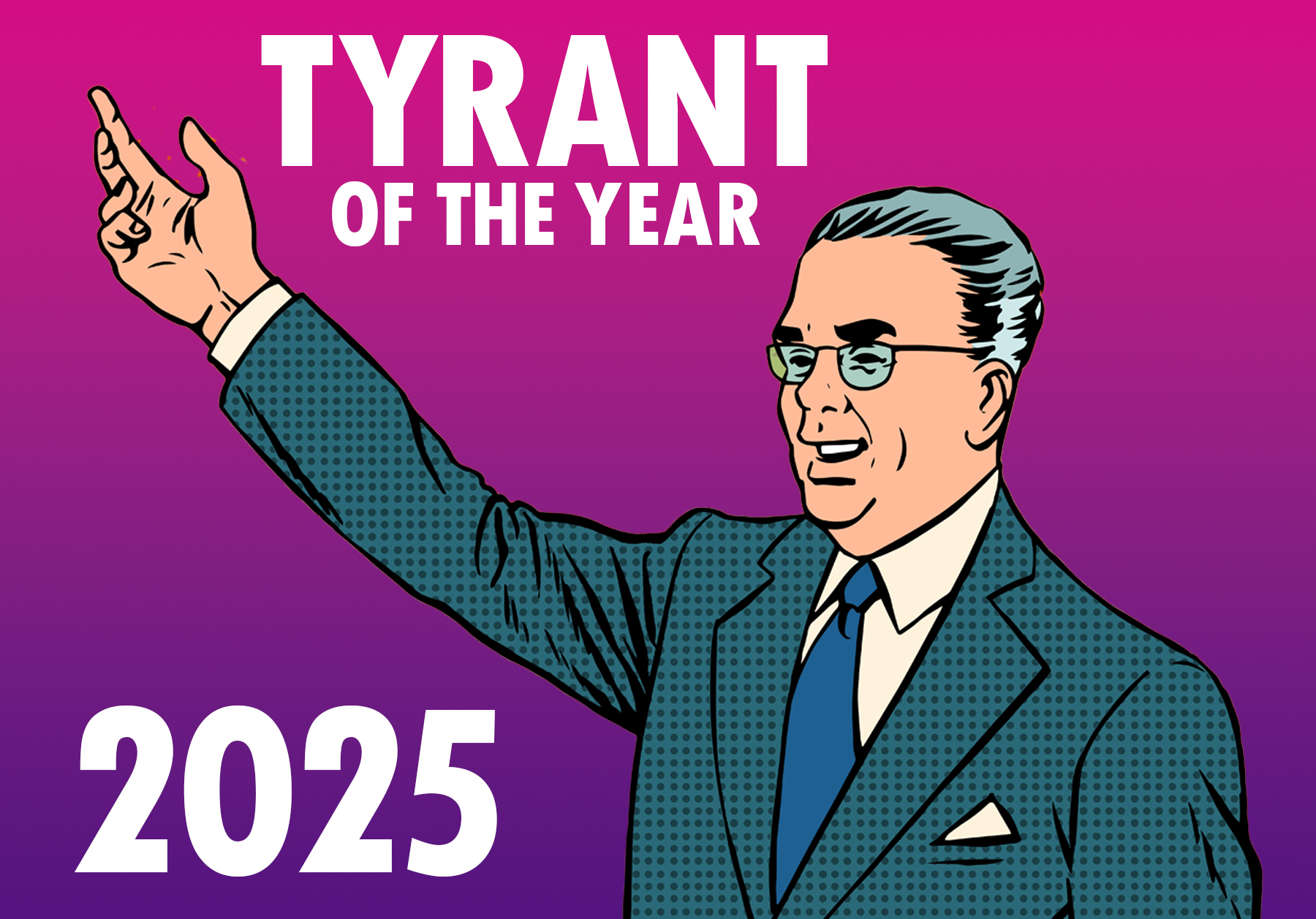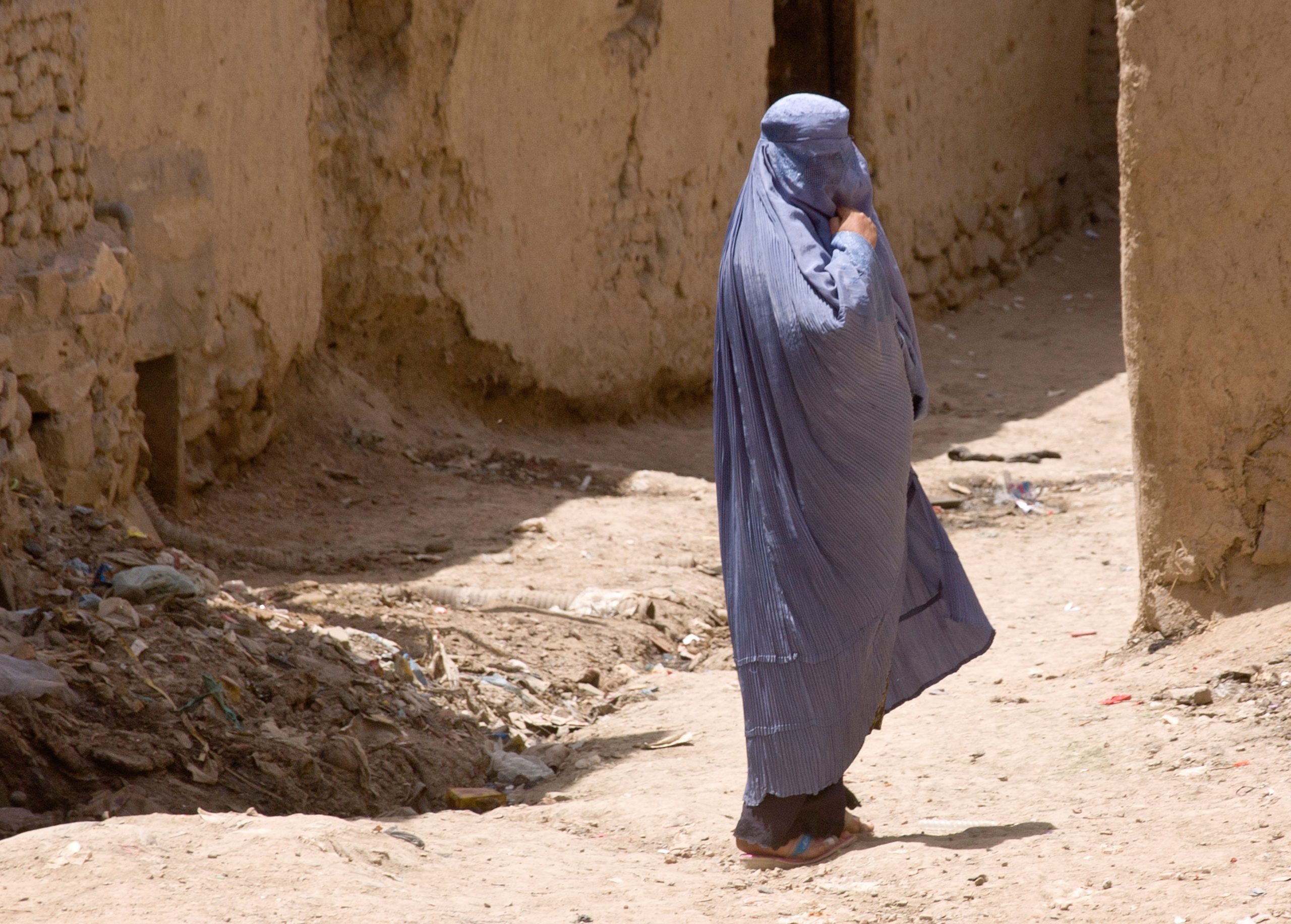Across the world, debates around freedom of expression have intensified, in part due to people’s increased participation because of the many avenues communication available today. Confidence seems to follow connectivity. But think of the people who remain disconnected — excluded from national and international discourse — because of the lack of wires and signals. As tempting it is to believe that the whole world is connected, the truth is very different, especially in developing countries such as India. The numbers speak for themselves.
According to the latest figures released by the Telecom Regulatory Authority of India, the total telephone subscriber base in the country stands at 965.52 million. This looks encouraging for a population of roughly 1.2 billion, until one considers the urban-rural divide hidden by these numbers. The overall teledensity in urban areas is an impressive 169.03 per cent compared to 40.66 per cent in rural areas. The majority of Indians, 68.84 per cent, live in rural areas. For a country that wants to reach 100 per cent rural teledensity by 2020 — this ambitious target includes extremely remote areas — India has a long way to go.

Mobile phones changing behaviour in India – a villager shows images of monsoon flooding captured on his phone
The Indian telecoms industry has been viewed as a success story because of the rapid proliferation of mobile phones, largely through private enterprise. But the future impact of the now infamous scandal, caused by collusion between government and big business, on further corporate investment is yet to be determined. The experience highlights the fact that in order to ensure universal access, the government cannot depend on the market alone. In fact, the government needs to review its track record and policies that guide connectivity, especially last-mile connectivity in India.
Indian telecoms have been tarnished by controversy at the highest levels with senior politicians, bureaucrats and corporate executives fighting charges of corruption in court. The former Minister of Communications and Information Technology, A Raja, has been accused of favouring corporate telecom players by selling bandwidth at undervalued prices and by rigging the allocation process. The Indian media has closely documented the scandal. Ironically, the undervalued bandwidth spectrum led to stiff competition among mobile operators and lower prices for the end users. However, the damage to the end users has been limited – as MP Rajeev Chandrasekhar puts it, these scams are seen as victimless crimes. as the impact is a loss to the exchequer, but not to service.
The Universal Service Obligation Fund, created by the government of India in 2002 to “provide access to telecom services to people in rural and remote areas of India at affordable and reasonable prices”, has not come close to achieving its objectives. USOF’s mandate was increased in 2006 to include mobile telephony and broadband. The idea was to encourage private players to roll out services in rural areas by incentivising it. Telecom companies are required to contribute five per cent of their adjusted gross revenue towards the fund. Their function of providing rural access is then to be subsidised by USOF. As of March 2011, the fund had collected $7.44 Billion USD of which $2.69 Billion USD has been spent.
In 2011, the Indian media suggested that private service providers who had bid aggressively to become USOF operators were now trying to escape their license condition to roll out rural telephony. News reports suggest that the reason was because they finding it commercially unviable, and would prefer paying a less expensive penalty imposed by the government for abandoning the project. The fact is that some of the villages that need to be covered have very small populations — ranging from 500 to 2000 people — making those geographies are very expensive to connect. As a result, the government is planning to use the USOF to roll out a National Optic Fibre Network to connect every panchayat by 2014, to further faciliate e-governance initiatives. The hope is that the government run Bharat Broadband Network Limited (BBNL) will successfully complete what the private companies found unprofitable — last mile connectivity.
The truth is that both the cases mentioned above, through government and corporate action, have resulted in intangible and tangible loss to the Indian public. By very rough calculations, it would appear that about 498 million residents of rural India are still living in the dark disconnected shadow of the digital era — an embarassingly high number for a country that has aspirations of becoming a global superpower. And while the government’s National e-Government Plan promotes the idea of universal digital inclusion, actions on the ground need to mirror the ambition of policy documents.
Ultimately, the test of a healthy telecom sector should not depend only on its contribution to the GDP (which, in India, is around three per cent ). It should also be measured on the basis of the voice provided to every Indian, unfettered by geography and bank balance. The cost of delaying rolling out telecom services has resulted in widening the digital divide. Beyond the cities, we need to think about the village that barely has a landline connection, let alone a mobile phone.
Mahima Kaul is a journalist based in New Delhi. She focuses on questions of digital freedom and inclusion.




